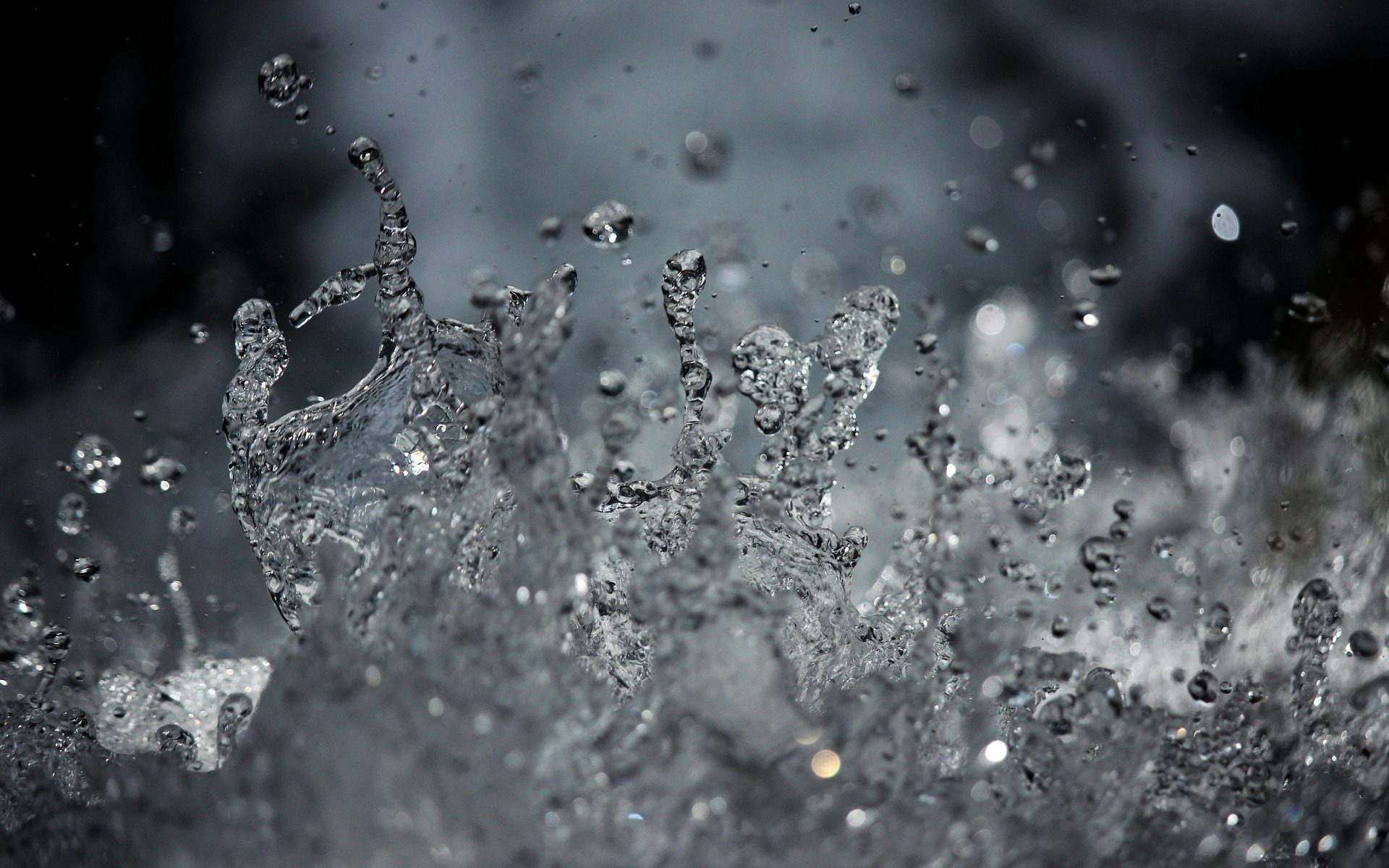By Peter Gleick, President
It is no surprise, of course, that the western United States is dry. The entire history of the West can be told (and has been, in great books like Cadillac Desert [Reisner] and Rivers of Empire [Worster] and The Great Thirst [Hundley]) in large part through the story of the hydrology of the West, the role of the federal and state governments in developing water infrastructure, the evidence of droughts and floods on the land, and the politics of water allocations and use.
But the story of water in the West is also being told, every day, in the growing crisis facing communities, watersheds, ecosystems, and economies. This isn’t a crisis of for tomorrow. It is a crisis today. What is, perhaps, a surprise, is that it has taken this long for the entire crazy quilt of western water management and use to finally unravel. But it is now unraveling.
The old adage of the blind men describing an elephant based on their experience touching different parts of it applies to western water. In the past few years, we’ve seen bits and pieces of the puzzle: a well, and then two wells, and then a town goes dry. A farmer has to shift from water-intensive crops to something else, or let land go fallow. Vast man-made reservoirs start to go dry. Groundwater levels plummet, yet the response is to try to drill new and deeper wells and pump harder, or build another dam, or move water from an ever-more-distant river basin. Competition between industry and farming increases. And politicians run back to old, tired, half-solutions rather than face up to the fact that we live in a changed and changing world.
Here are a few pieces of the puzzle that we had better start to put together into a coherent picture if we hope to change our direction.
- In January 2012, the Texas town of Spicewood Beach ran out of water. Then Magdalena, New Mexico ran out. More recently, Barnhart, Texas. Now Texas publishes a list of towns either out or running out of freshwater. In some parts of Texas, demands for water for fracking are now competing directly with municipal demands.
- Because of a severe, multi-year drought (described as “the worst 14-year drought period in the last hundred years”) and excessive water demands, the US Bureau of Reclamation, this week,announced it will cut water released from Lake Powell on the Colorado River to the lowest level since the massive reservoir was filled in the 1960s. Water levels in Lake Mead have already dropped more than 100 feet since the current drought began in 2000, but even in an average year, there is simply more demand than supply.
- Las Vegas is so desperate for new supplies they have proposed a series of massive and controversial ideas, including: a $15+ billion pipeline to tap into groundwater aquifers in other parts of the state, diverting the Missouri River to the west, and building desalination plants in Southern California or Mexico so they can take a bigger share of the Colorado.


